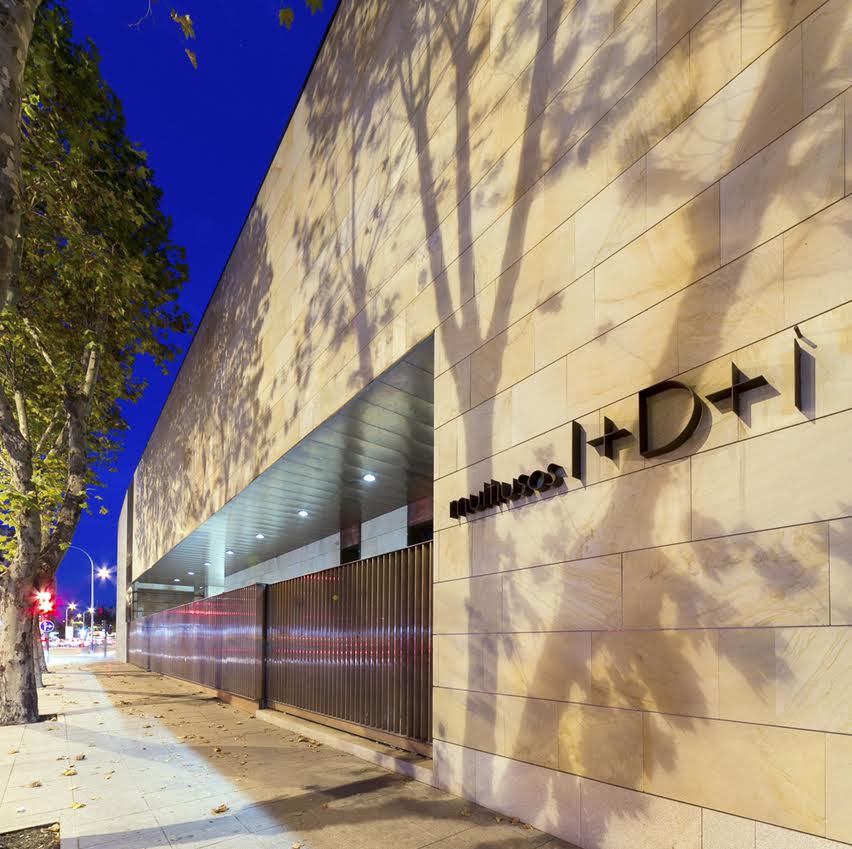Between 1970 and 2010, the development of new antibiotics slowed down dramatically. This is usually lamented as the empty antibiotic drug pipeline. Our project will study and analyze this process.
For decades after 1945, antibiotics were a powerful symbol of medical technology and progress. But why are there no new classes of antibiotics anymore?
Our project asks how the antibiotic drug pipeline ran dry and it starts from a few hypotheses: In the 1980s, disenchantment with costly screening programs, the customary way to find antibiotics, gained ground. In the 1990s, technology seemed to offer a way out. Synthesizing compounds became automated and so-called targeted drug development, using genomic tools, offered an alternative path to screening. At the same time, a sense of crisis grew with problems of antibiotic innovation and increasing antibiotic resistance becoming part of political debates. By the early 2000s, Big pharma increasingly abandoned antibiotic innovation leaving the field to venture capital-funded, small and medium enterprises. This approach had proven successful for profitable chronic diseases and cancer, but it did not work for antibiotics.
The question of how to re-start antibiotic drug development is high on the agenda of current health politics.
Our project will inform such debates by (1) transforming the notion of the empty pipeline from an often self-serving slogan to a historical concept; (2) providing a complex picture of the generational and gendered dimensions of antibiotic innovation, (3) highlighting the dramatic transformations of pharmaceutical research and development brought about by genomics and venture capital.

